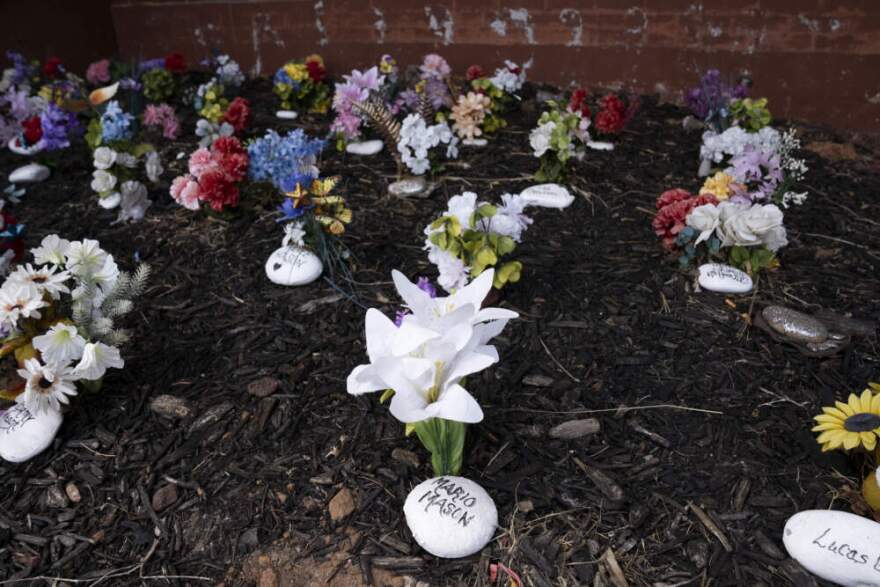
Suicide is a leading cause of death in American jails. According to federal data analyzed by the Marshall Project, nearly 900 people died by suicide in jails across the country during a recent four-year period.
Jason Knutti was incarcerated at Maricopa County jail in Phoenix, Arizona, and said he never considered suicide until those early days in jail. Knutti was addicted to drugs when he entered jail, and said he planned to take more as a way out of his situation.
“ As sad as it is, I’ve never even told anybody that, not even my wife. I just couldn’t have dealt with it,” Knutti said. “Jail is one of the most miserable places I’ve been in, so for sure, that’s what I thought.”
Knutti’s plan to die by suicide is not uncommon. Numbers out of the Justice Department show that most suicides in jail happen shortly after booking, nearly half of them within the first week.
Brown University’s Lauren Weinstock studies suicide risk for people who have been incarcerated. She said that, like Knutti, many incarcerated people struggle with substance abuse disorder.
“ What we know about people who often find themselves in jails and prisons is that they typically have preexisting risk factors for suicide,” Weinstock said. “When you combine those with the stressful conditions of jail or prison detention, that can often exacerbate underlying risk.”
Weinstock said that jails and prisons have a responsibility to keep incarcerated people safe in their care. But that doesn’t always happen, as jails are understaffed and underresourced. And, she said, jails and prisons may not know about detainees’ risk factors.
“ Especially in jail when people are first arrested and detained pretrial,” Weinstock said, “They may have very little information.”
Michael Dawson, deputy chief of the Maricopa County jail, shared that sentiment.
“ Come walk a day in the shoes of our detention officers running these jails and having 100,000 individuals coming in our door that we don’t know anything about,” Dawson said. “They’re coming in here as John Does, Jane Does. We don’t have any of their medical history. Most of them are unhealthy to begin with.”
Weinstock said she understands where Dawson is coming from, noting that most jail and prison employees do want to mitigate suicide among inmates. They just don’t have the tools to do so, and jail systems often lack the resources to make meaningful systemic changes.
“ We need more staffing,” she said. “We need better policies and procedures, in my opinion, to really make a dent here.”
Some jail systems have taken preventive measures, Weinstock said, like removing cell bars or shoelaces on the uniforms incarcerated people wear. She said some jails are moving toward double-bunking because inmates are less likely to attempt suicide when someone else is in the same room.
While Weinstock said jails and prisons should continue implementing strategies to keep incarcerated people safe, the risk of suicide for formerly incarcerated people is exponential. Weinstock said her team found that 20% of all suicide decedents in the United States had spent at least one night in jail in the year prior to their death.
“We feel that we can reach people in the community who are at risk, who have had this recent experience with the criminal justice system,” she said, “and try to deliver supports, community mental health, healthcare, public health, etc.”
Editor’s note: If you or someone you know may be considering suicide or is in crisis, call or text 988 to reach the Suicide & Crisis Lifeline.
This reporting was supported by the John D. and Catherine T. MacArthur Foundation.
____
Wilder Fleming produced and edited this interview for broadcast with Catherine Welch. Grace Griffin produced it for the web.
This article was originally published on WBUR.org.
Copyright 2025 WBUR
